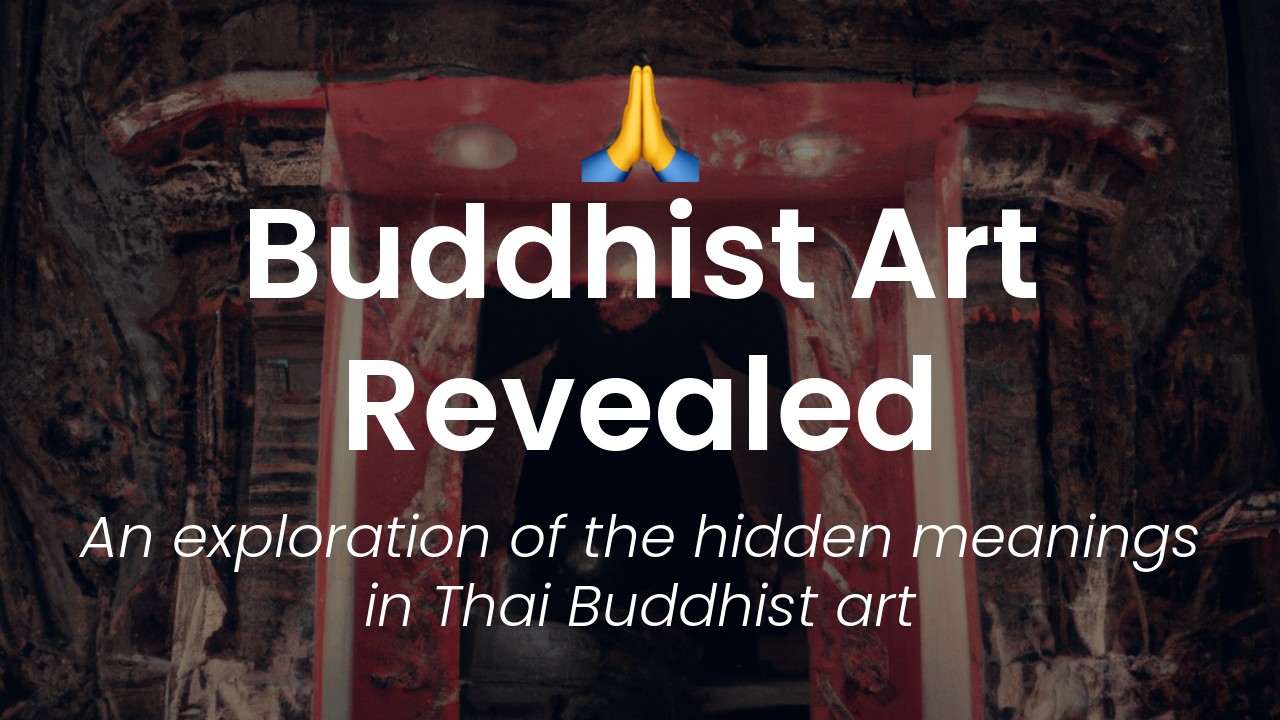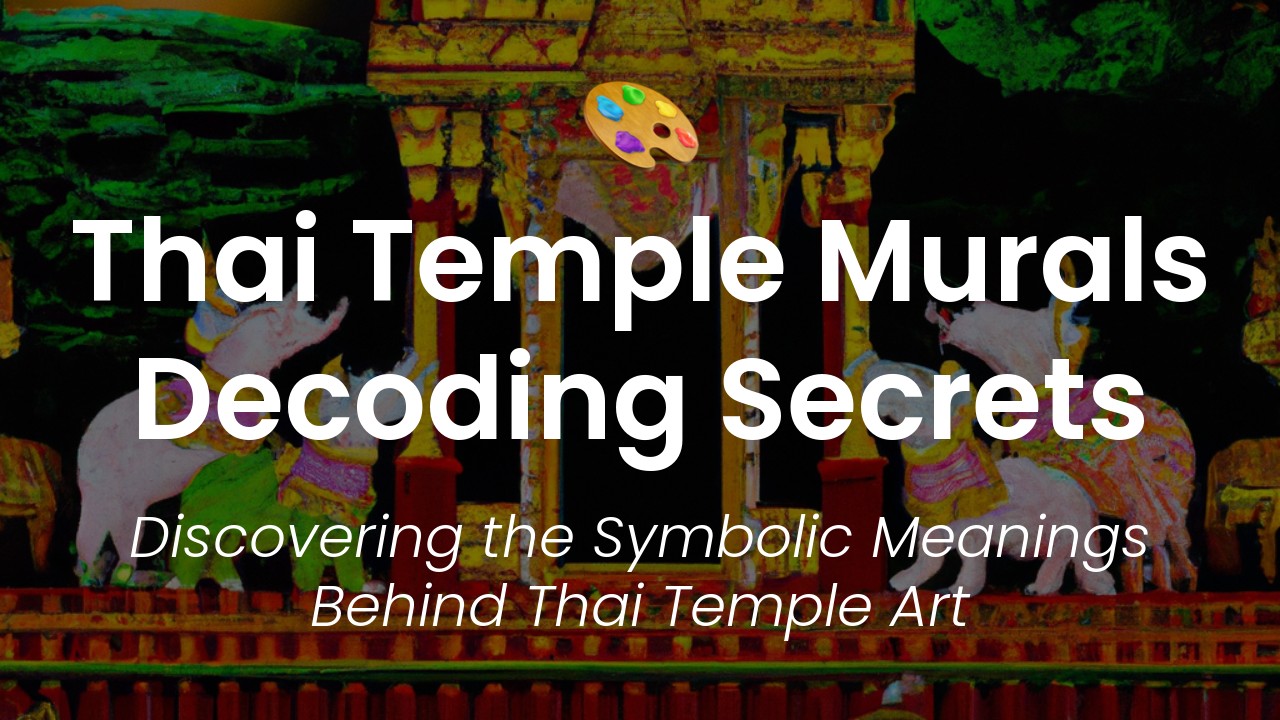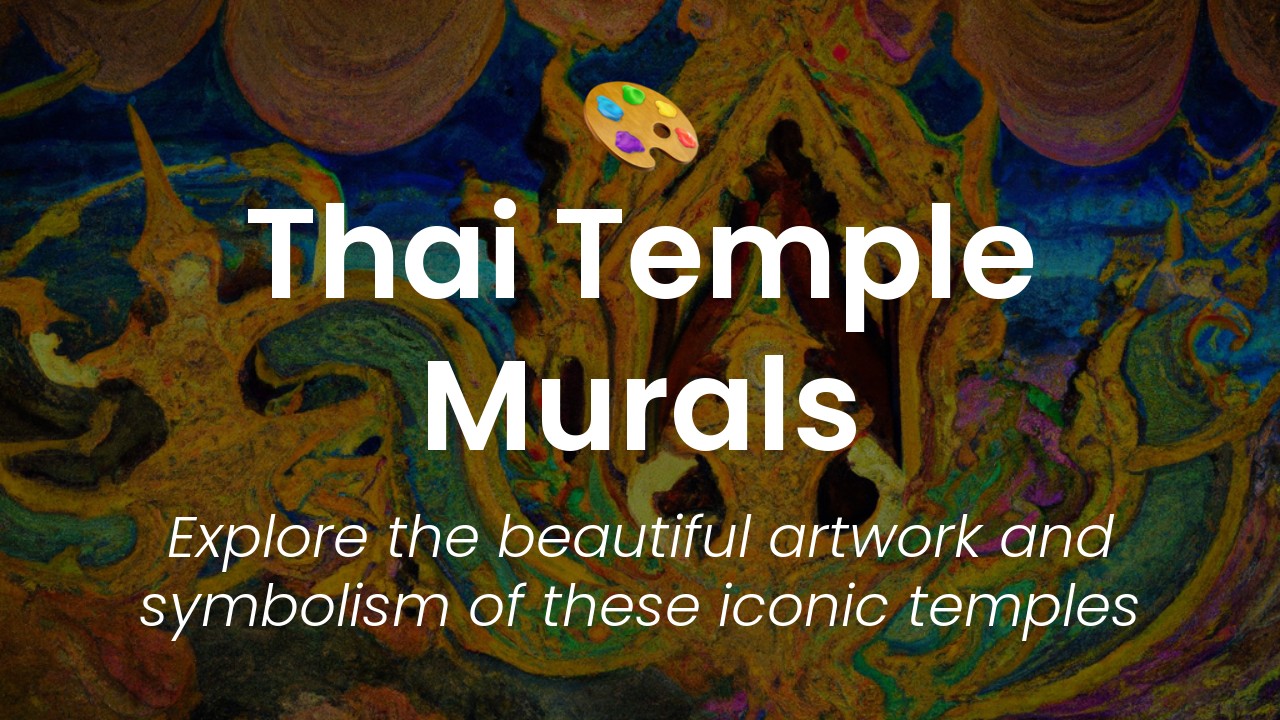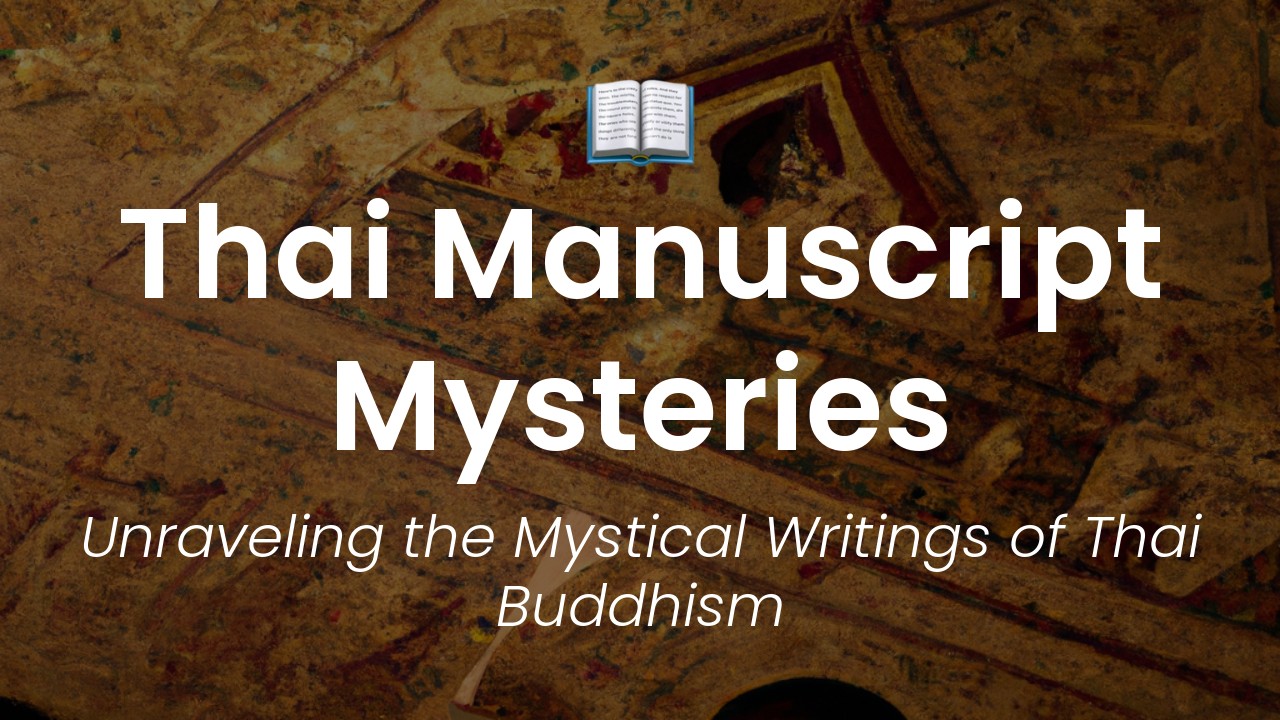As a proud Thai woman, I have a deep admiration for the artistic heritage of my country. Our rich cultural history is reflected in the many temples and artifacts that adorn our beautiful land. Thailand is a country with a long-standing Buddhist tradition, and nowhere is this more apparent than in the Rattanakosin Era Buddhist art that can be found throughout the country.
The Rattanakosin Era was a period of great artistic and cultural development in Thailand. This period lasted from the late 18th century until the mid-20th century and is associated with the reigns of King Rama I to King Rama IX. During this time, Thailand underwent significant changes, including the move of the capital from Thonburi to Bangkok and the opening of the country to the outside world.
One of the most striking aspects of Rattanakosin Era Buddhist art is its use of color, symbolism, and storytelling. Rattanakosin art is characterized by intricate carvings, sculptures, and murals that depict scenes from Buddhist scripture and Thai folklore. It is known for its bold, vivid colors, intricate patterns, and delicate details. Each piece is unique, showcasing the creativity and skill of the artisans who created them. These works of art have not only survived the passage of time but have also become a source of pride for modern-day Thailand.
Background on Rattanakosin Era
The Rattanakosin Era, also known as the Bangkok Period, is a significant period in Thai history that started in 1782 when King Buddha Yodfa Chulaloke established Bangkok as the capital city. The era saw a significant transformation in Thai art, architecture, culture, and religion under the patronage of the Thai royal family.
Influence of Buddhism in Thai art
Theravada Buddhism has been the most significant influencer in Thai art and culture since its introduction in the 3rd century BCE. The religion emphasizes discipline, self-control, and meditation, which have affected Thai's art, literature, and philosophy. Buddhism in Thailand has also influenced the architecture of temples, shrines, and other religious monuments.
Characteristics of Rattanakosin Era art
The Rattanakosin Era is famous for its unique art and architecture, which reflected the grandeur, elegance, and sophistication of the Thai Royal Court. The art of this period was characterized by intricate detail, bright colors, bold patterns, and a unique fusion of traditional Thai, Chinese, and Western influences.
One of the most significant examples of Buddhist art during the Rattanakosin era is the Emerald Buddha. The statue is made of green jadeite and is located at the Wat Phra Kaew temple in Bangkok. The statue is a symbol of Thai national identity and has become one of the most prominent Buddhist art pieces in Thailand.
Architecture and design of Buddhist temples
Buddhist temples and shrines are a vital part of Thai culture and history. They serve as centers of worship, learning, and meditation for Buddhists in Thailand. The architecture and design of these holy sites are unique and reflect the beliefs and principles of Buddhism.
The temples during the Rattanakosin Era had a distinct style that was influenced by the Ayutthaya Kingdom. They were characterized by their shape, form, and layout. The temples had multiple buildings arranged around a central courtyard. The roofs of the buildings were elevated, decorated with intricate designs, and supported by wooden columns.
Sculptures and paintings of Buddha and deities
The Rattanakosin Era saw significant developments in the art of sculpture and painting of Buddha and deities. The artists of this period created artworks that were both religious and artistic, expressing the highest ideals of Buddhist philosophy.
The sculptures of Buddha and deities were typically made of bronze, gold, and other precious metals. They were highly detailed and decorated with intricate designs. The paintings were made on wooden panels or cloth and were characterized by their vibrant colors and delicate lines.
Preservation efforts and significance today
The Thai government and the Royal Family have made significant efforts to preserve the art, architecture, and culture of the Rattanakosin Era. Many of the temples, shrines, and artworks have been restored to their original glory using traditional techniques and materials.
The significance of the art and architecture of the Rattanakosin Era is evident today in the many temples, shrines, and monuments that can be found across Thailand. These buildings and artworks have become a source of national pride and identity, reflecting the rich and diverse culture of Thailand.
Must-see Buddhist art in Thailand
If you are interested in exploring the Buddhist art and architecture of Thailand, there are many must-see sites that you should visit. The Wat Phra Kaew temple in Bangkok is a perfect example of the magnificent Buddhist sculptures and paintings of the Rattanakosin Era. Wat Phra That Doi Suthep in Chiang Mai is another exceptional site, with its stunning gold-plated pagodas and elaborate murals.
Conclusion:
The art and architecture of the Rattanakosin Era have made a significant contribution to the culture and history of Thailand. The influence of Buddhism in Thai art and architecture is evident in the many temples, shrines, and artworks that can be found across the country. Visiting these sites is an excellent way to appreciate and understand the unique Thai culture and its incredible art and architecture.





